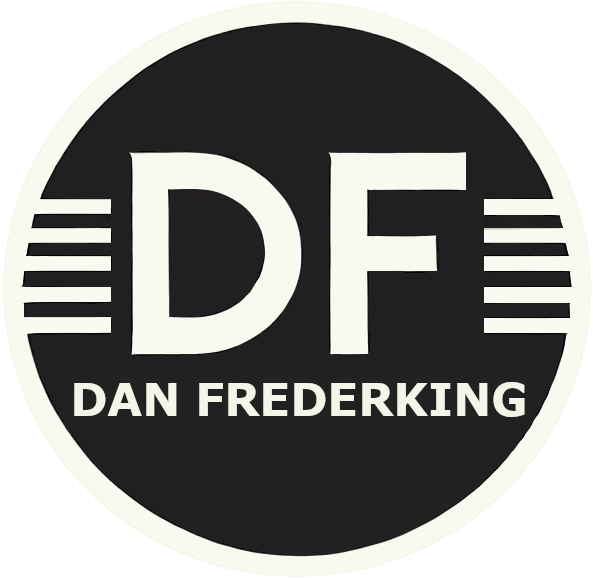Ever tried making a decision as a group and felt like you ended up with less clarity, not more? You’re not alone. Collective decision making can be messy, time-consuming, and often dominated by the loudest voices in the room.
To pair with my Collective Wisdom Data Analysis Protocol, I’ve created a simple, practical tool to support more efficient, transparent, and inclusive collective decision making. We’ll explore what collective decision making really means, why it matters, and how this tool can help your group make smarter decisions together.
What Is Collective Decision Making?
At its core, collective decision making is a process where a group, rather than an individual, collaborates to reach a shared choice or direction. Unlike top-down decision styles, where a leader or small group dictates the outcome, collective decision making invites multiple stakeholders into the conversation, often using structured frameworks to guide the discussion.
This team-based decision making approach emphasizes collaborative decisions, where the focus isn’t just on efficiency, but on inclusion, trust, and long-term buy-in.
Benefits of Collective Decision Making
I’ve written about James Surowiecki’s 2004 book, The Wisdom of Crowds in another post. In it, he discusses the value of collective decision making. When done well, this approach offers several advantages:
- Diversity of Thought: Groups bring a wider range of experiences, perspectives, and insights to the table, helping to surface blind spots and generate more creative solutions.
- Shared Ownership: When everyone has a voice in the process, they’re more likely to support and implement the final decision.
- Stronger Buy-In: Decisions made collaboratively tend to have greater legitimacy and are less likely to face resistance.
In essence, collective decisions don’t just solve problems, they build community and shared understanding along the way.
Common Challenges to Watch For in Collective Decision Making
Of course, working as a group isn’t always smooth sailing. Without the right structure, group decision processes can run into trouble:
- Groupthink: When harmony becomes more important than honesty, critical thinking suffers.
- Diffusion of Responsibility: When everyone’s in charge, sometimes no one really is. Clear roles help avoid this.
- Lack of Structure: Without a defined process, group discussions can become circular, unproductive, or dominated by a few voices.
That’s why structured tools (like the one introduced later in this article) are so valuable. They help you harness the strengths of group decision making while minimizing the pitfalls.
Introducing the Collective Wisdom Decision Making Tool
The tool is rooted in well-researched models of participatory and consensus decision making, drawing from frameworks like the Delphi Method, Sam Kaner’s group decision models, and adaptive leadership theory. The goal is to combine structure with inclusivity, so that every voice counts, and every decision has a clear path to action. I will describe the tool below but I have also created a downloadable handout version that you can use with your teams. You can jump straight to that version by clicking here.
This tool helps groups move from problem → perspectives → options → agreement. It’s designed for team-based or stakeholder decisions where trust, creativity, and shared ownership matter. Before you begin, assign a person to be the facilitator (who keeps the process moving) and the recorder (who documents inputs and decisions).
1. Decision Framing
Goal: Clarify the decision and set clear parameters.
Prompts:
- What are we deciding?
- Why does it matter now?
- Who is affected by the decision?
- Who should be involved?
- What’s the timeline?
- What type of decision is it?
- ☐ Consensus
- ☐ Recommendation to a leader
- ☐ Majority vote
- ☐ Input only (leader decides)
2. Input Collection
Goal: Gather ideas and concerns from the group before discussion.
Prompts:
- What do you think we should do?
- What concerns do you have?
- What values should guide this decision?
- What would be a harmful outcome?
Options for Collection:
- Anonymous Google Form
- Sticky notes or notecards
- Software such as Whiteboard, Miro, or Padlet
- Breakout groups with note-taking
3. Option Generation Grid
Goal: Organize viable options for discussion and evaluation.
| Option Name | Description | Benefits | Risks or Drawbacks | Alignment with goals/values |
Optional: Consider adding additional columns on:
- Feasibility
- Impact
- Cost
- Equity
- Alignment with mission
4. Evaluation & Deliberation
Goal: Help the group evaluate and converge on an option.
Techniques to Try:
- Dot voting
- Fist to five
- Gradients of agreement
- Round-robin discussion
- Small-group caucusing
- Pros/cons sorting
Discussion Prompts:
- What are we leaning toward?
- What concerns remain?
- What would strengthen this option?
5. Decision Record (template in the PDF)
Goal: Document key decisions for transparency, alignment, and follow-through.
Reflection Prompts
Goal: Improve the process over time.
After the decision, ask:
- Did everyone feel heard?
- Was the process fair?
- Did the tool help surface better ideas?
- What would we change next time?
Conclusion:
Group decisions don’t have to be slow, frustrating, or dominated by the loudest voice. With a structured approach and the right tool, your team can make smarter, more inclusive, and more confident decisions together.
The tool I’ve developed is practical, easy to use, and rooted in research-backed principles of collaboration and consensus. Whether you’re leading a school team, board meeting, or project group, it’s designed to work in real life.








